- No categories
-
- My Account Subscribe Now | Sign In Log Out
- New York, May 20, 2025

MOVID refers to policies and practices that are reactive to More COVID (MOVID), while NOVID refers to those practices and policies that are anticipating no more COVID (NOVID).

There is tremendous power in harnessing primary data, as this data is unique to your business, data that you direct, collect and own.
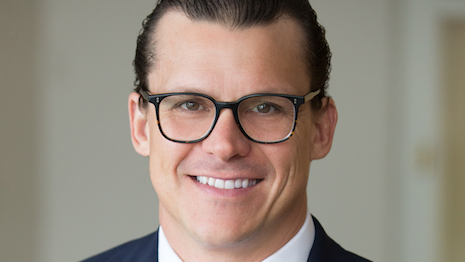
The bill specifically applies to models, classified as employees and independent contractors, and creatives such as photographers, stylists, casting directors, makeup artists and hairdressers.

Beginning back this past May, any app that collects end-user data must obtain explicit consent from users. Analytics data suggests that more than 96 percent of users chose to opt-out of tracking.

While Cult Gaia may not be in the luxury goods space, the legal issues at the base of the appeal are the same and important for luxury goods companies to consider.

More browsers are poised to make it difficult for advertisers to run campaigns and track campaign performance.
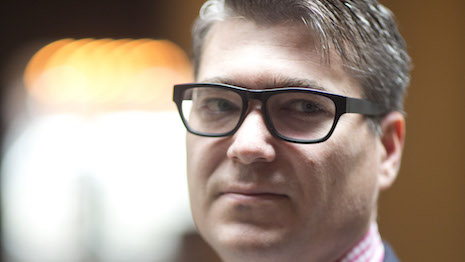
With Russia’s invasion of Ukraine, this geopolitical crisis has brought into sharp focus the intersection of geopolitics, Russian oligarchs, luxury and compliance risks.

In a recent decision in a federal case in Texas, Rolex Watch U.S.A. Inc. v. BeckerTime LLC, the court held that the defendant’s altered genuine Rolex watches were counterfeits as a matter of law.

Luxury Daily is inviting opinion pieces on luxury business, advertising, marketing, media and retail issues that affect marketers as they run multichannel programs for branding as well as customer acquisition, retention and reactivation.

As the pandemic begins to appear in the rearview mirror and our conversations change to a new topic, will fashion companies continue to service their customers as they have done since 2020?
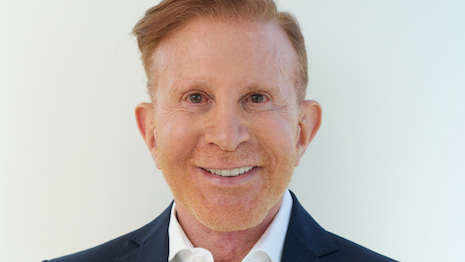
Although the last several years produced many naysayers who predicted that online sales and the pandemic would bring about the death of bricks-and-mortar retail, they were mistaken – at least at this moment.

Luxury brands on the vanguard of this new paradigm have found opportunities to navigate the paradox of attempting to be both exclusive and available, timeless and innovative.
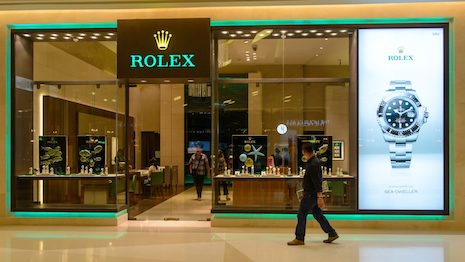
Whereas luxury, in previous decades, was about exclusivity and conveying wealth and status through the object or logo itself, young luxury consumers today are public and open about their consumption habits and eager to share.
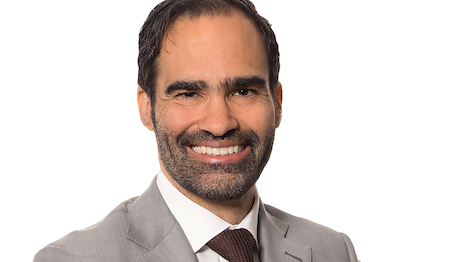
Up to 95 percent of all luxury purchase decisions are formed during the digital journey, making all digital brand touch points the new moments of truth.
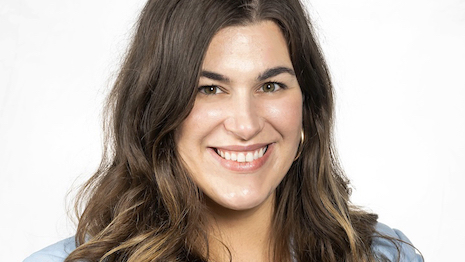
As we have learned in the last two years, change is always right around the corner, and 2022 will be no different.
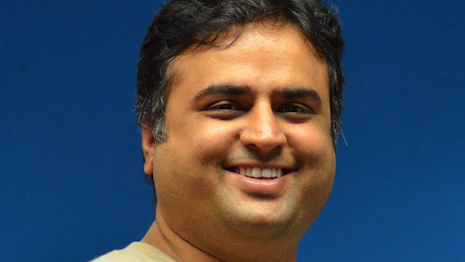
Taking advantage of hot demand for certain products, the smartest luxury retailers analyzed pricing, inventory and demand trends to stay ahead of the market, confirming the consumer’s willingness to pay full price.

As we move into 2022, you can expect to hear more about the metaverse and its potential impact on the business world.

With the ecommerce influx of the past year-and-a-half, it became infinitely clear that the category, as a whole, must now become more acute at selling directly to the consumer and doing so online.
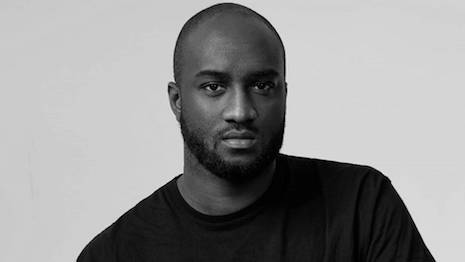
Shifts in the market have accelerated and luxury brands are transforming from makers of products to purpose-driven actors in the push for a more sustainable, diverse and equal society.

More than ever, brands are competing for the same client. One thing is crystal clear: establish a genuine connection with clients or risk becoming irrelevant.

The recent annual McKinsey & Co. report, The State of Fashion 2022, outlines major trends that the industry will face in 2021 and suggests strategies to deal with them.